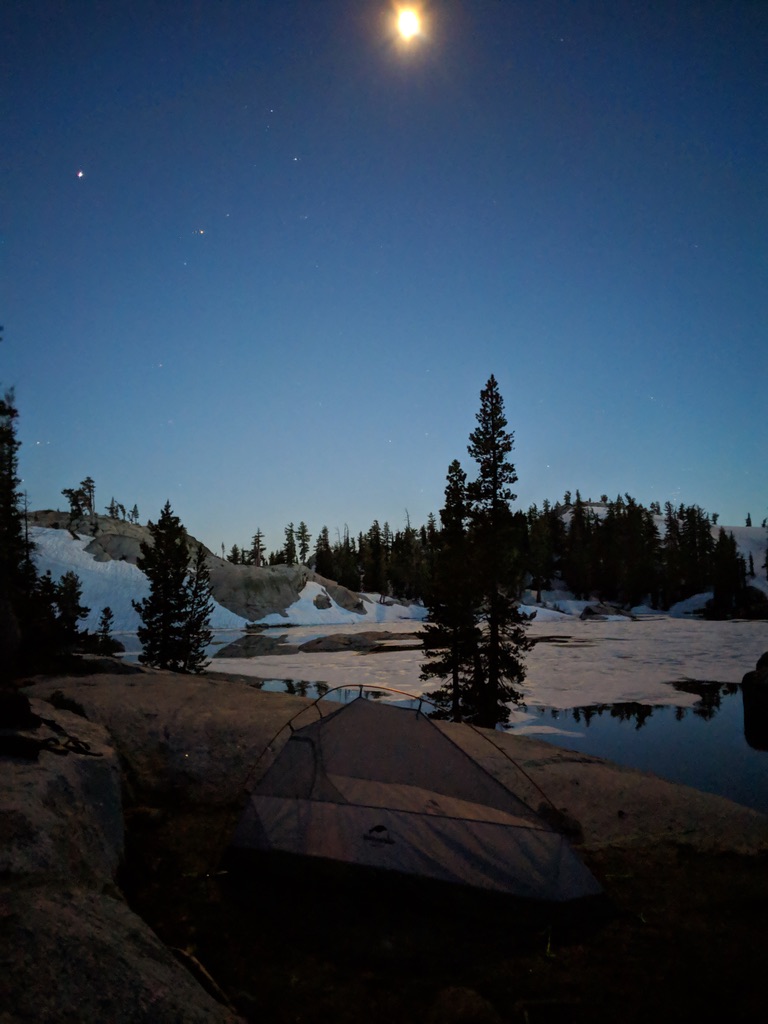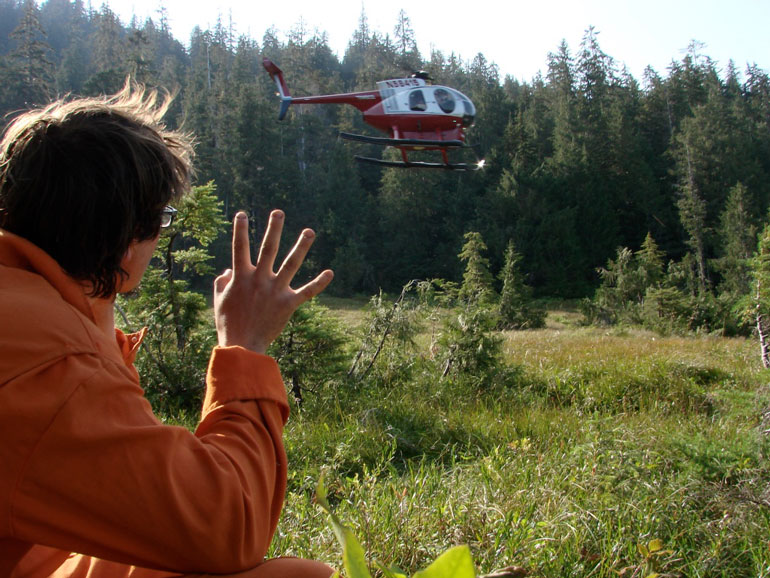
It was a five-hour drive every Fourth of July across California’s San Juaquin Valley to the Sierra Nevada mountains where my father would take me backpacking. The drive transitioned from the perfectly smooth and manicured agriculture fields glistening in the sun, to the chunky granite rock outcrops where water limitations and minimal soil nutrients produced plant life that fought for survival. Surrounded by scraggly trees and big mountains on those backpacking trips are what made me curious about the ecosystems in danger from climate change. Just as important, what a changing climate meant for people who depend on the land.

I’m Adrian Gallo and I’m a part of the inaugural cohort of the Oregon State University Extension Service interns. As a young teenager I loved being outside to play soccer or go hiking, no doubt as a result of those backpacking trips. I also had a curiosity for chemistry and biology. Studying soil science was the avenue I found to connect both my outdoor hobbies and academic interests. By understanding how the soil functions underfoot, and the ecosystem built on top of them, we can predict what land managers need to do in the face of a rapidly shifting climate. Nearing the end of my undergraduate degree at Cal Poly San Luis Obispo, I became more intrigued by the fundamentals of soil science. By asking more questions I realized I was hitting the edge of knowledge that my professors, and the discipline, were able to offer.
My curiosity led me to pursue graduate school to try and push the knowledge boundary forward. After internships with the USDA Forest Service in Alaska and Oregon, I fell in love with the Pacific Northwest. Growing up under the shadow of the Golden Gate Bridge I never would have predicted how much I love the rain, thick moss and the evergreen hillsides that are ubiquitous in the Pacific Northwest. Oregon State University has one of the best forestry schools in the world, so I applied to graduate school focusing on forest soil carbon cycling. Even before I arrived at OSU, my goals were to use the knowledge gained about soils and climate change to help people.

One of my first experiences with the OSU Extension Service was a faculty candidate describe her research as the “the intersection between humans and the environment.” Where the (research) rubber meets the (real-life) road. As I came to learn, Extension is more than just agriculture – it also includes marine science through Oregon Sea Grant, forestry through the Forestry and Natural Resources Program, Family and Community Health, and youth leadership through 4-H and other programs.
At OSU, I’ve co-hosted a science communication podcast, Inspiration Dissemination, a platform for graduate students to describe their ongoing research. I’ve enjoyed that process more than I could have imagined; connecting the science done by people to the people who the science can help. I’ll have a similar approach this summer in the Extension and Experiment Station Communications office. I’ll write about Extension research performed both on campus and across the state, so that Oregonians can see how our efforts should make them proud of our fellow Beavers.
